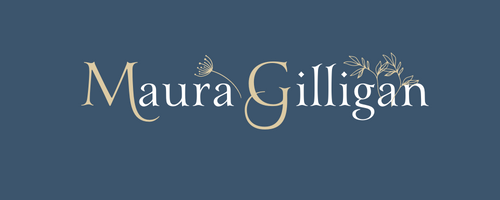The Cormorant, 1
“A Broadsheet of Sligo writing ‘The Cormorant’ takes its name from the seabird associated with carrying messages between worlds and captured in a poem by the late Dermot Healy. They are a familiar sight along the Sligo coastline, standing sentinel, watching and waiting.”
Seals at Oyster Lane
by Maura Gilligan
At the verge of the road beneath the southern face of Knocknarea, Oyster Lane drops steeply seaward, narrow, deeply rutted. Briars arch and embrace before the laneway opens suddenly to the West, where the channel flows, touching the round brown stones of the shore.
Beyond that channel, sealbanks sprawl across the bay to Beltra, sandy islands supporting colonies of black, white and beige. Pups sit and wobble and watch. Young seals dive and play. On Charlie’s Rock where his webbed feet cling, the cormorant’s wings are spread above the water. Awaiting the silver gleam, bird and seal anticipate another dive on shining sea-trout, ending the momentum of their movement upstream past the Inishes at Breeogue and onwards to the waterfalls of Ballisodare. Older seals sit stately as the incoming tide rises about them, and their heads gradually disappear. Seeming never to have moved, they re-appear as the water recedes, as if to take a curtain call.
The seals make constant stolen sounds - like humans they mutter and moan, like wild geese they honk, like dogs they bark and growl, like wolves they howl.
Most eerily of all they wail, conjuring the cry of the banshee in a lament that rises and spreads and soars...
The sheer cliffs of the mountain at Culleenamore hold the long notes of their wailing, and in rocky crevices the sleep of ravens is disturbed.

